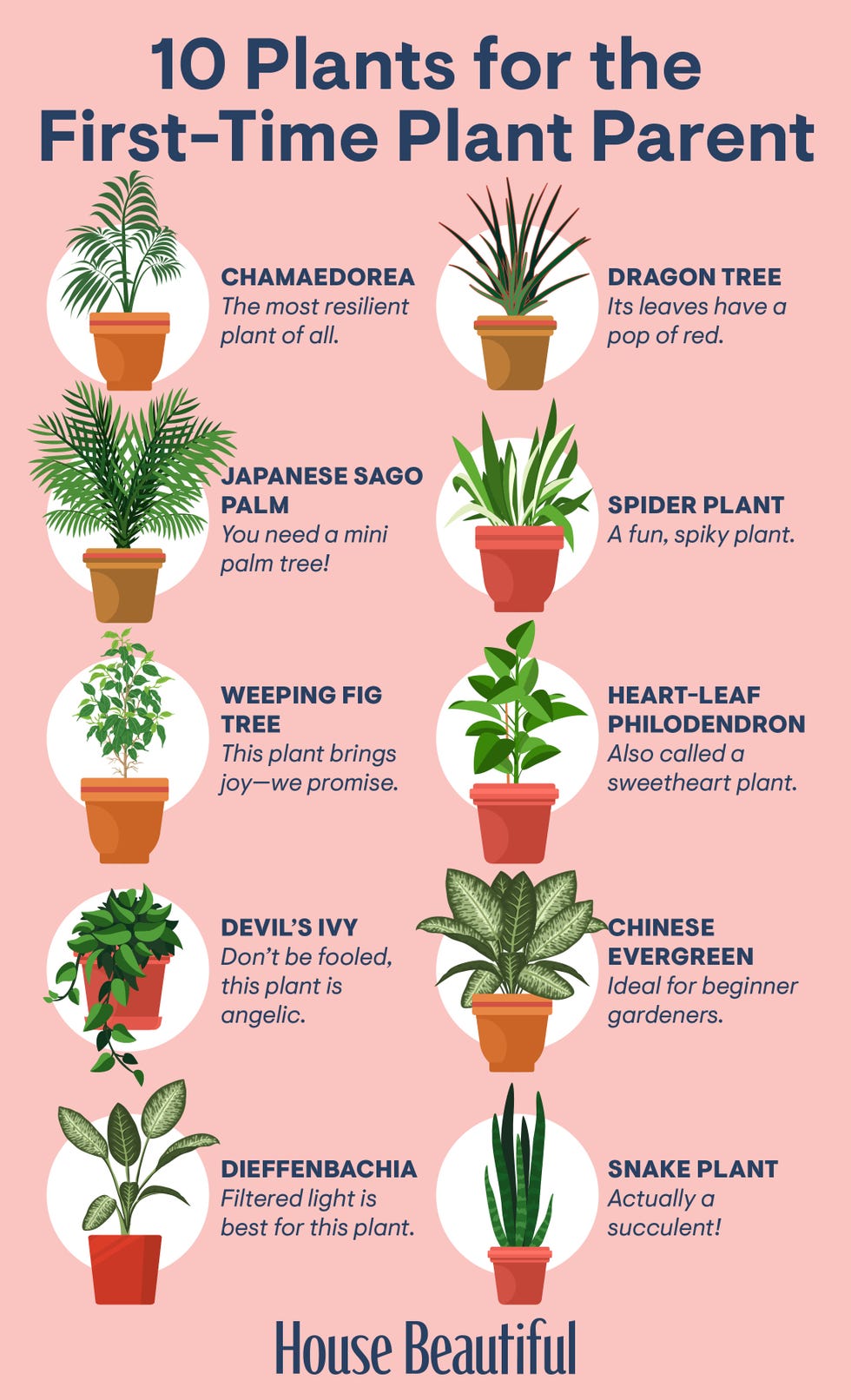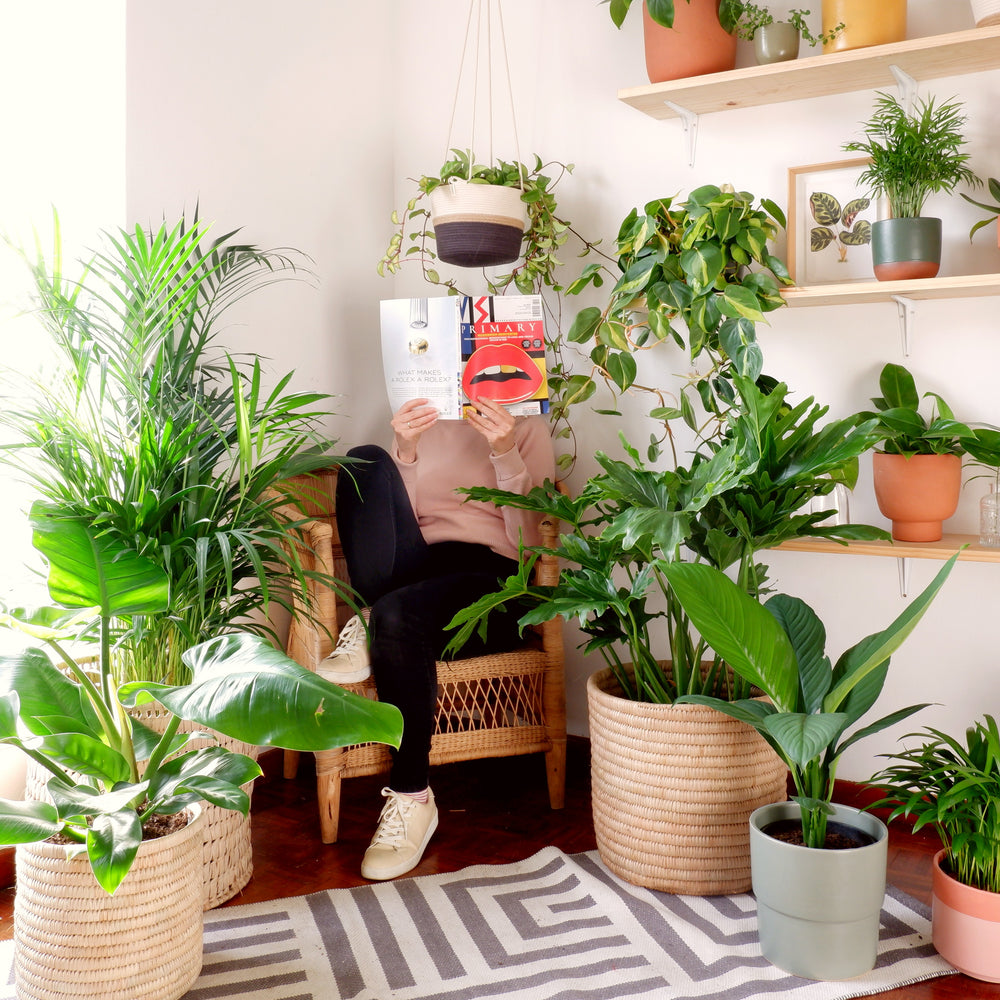How to Choose the Best Low-Light Indoor Plants for Your Interior Design Needs
How to Choose the Best Low-Light Indoor Plants for Your Interior Design Needs
Blog Article
Discover the Tricks of Low-Light Indoor Plants and Just How They Improve Your Atmosphere
Low-light indoor plants have actually garnered raising focus for their distinct capacity to enhance both aesthetic allure and environmental top quality within homes and work environments. These resilient varieties, including the Serpent Plant and Peace Lily, not only prosper in challenging illumination conditions however likewise play a critical role in air filtration and psychological well-being.
Benefits of Low-Light Indoor Plants
Although lots of people assume that interior plants call for abundant sunlight to prosper, low-light indoor plants use a plethora of advantages that make them excellent for various atmospheres. Among the main advantages is their flexibility; they can thrive precede with minimal all-natural light, such as workplaces, basements, or spaces with tiny home windows. This attribute allows individuals to improve their surroundings with greenery, adding to enhanced looks without the requirement for considerable lighting modifications.
Moreover, low-light interior plants can dramatically boost interior air quality by filtering dangerous contaminants and launching oxygen, making living areas healthier. Study has shown that certain varieties can take in toxins, hence advertising a cleaner environment. Furthermore, they can improve mental well-being by decreasing tension and increasing performance. The existence of plants has been linked to greater sensations of peace and focus.
In addition, low-light plants often call for much less upkeep than their sun-loving counterparts, making them perfect for busy people or those new to horticulture. Their durability permits them to love very little intervention, therefore providing a rewarding experience for plant fanatics and beginners alike. In recap, low-light interior plants offer both visual and practical functions, making them important enhancements to any space.
Top Low-Light Plant Selections
Low-light indoor plants been available in a variety of varieties, each offering unique features and benefits matched for dim settings. Among one of the most prominent selections is the Snake Plant (Sansevieria), understood for its air-purifying abilities and architectural leaves. This durable plant grows on neglect and can tolerate a wide array of light problems.
Another outstanding choice is the ZZ Plant (Zamioculcas zamiifolia), which features glossy, dark environment-friendly leaves and is highly drought-tolerant. Its adaptability makes it a preferred for offices and homes with minimal sunshine.
The Pothos (Epipremnum aureum) is also a leading competitor, with its trailing creeping plants and heart-shaped fallen leaves - Best low-light indoor plants. This versatile plant can be trained to climb or cascade, adding visual passion to any space

Care Tips for Low-Light Plants
Looking after low-light interior plants needs a nuanced understanding of their specific demands to make certain optimum growth and vigor. It is important to pick the ideal potting mix, as a well-draining dirt is crucial to prevent root rot. A mix developed for houseplants, usually having peat moss and perlite, functions well for a lot of low-light varieties.
Watering is an additional essential facet of treatment. Low-light plants generally need less regular watering compared to their sun-loving equivalents. It is recommended to examine the leading inch of soil; if it really feels completely dry, it's time to water. Overwatering can result in complications such as mold and mildew and origin degeneration.
Fertilization must be approached with caution. Throughout the growing season, a watered down fluid fertilizer can be used monthly, yet in winter months, lots of low-light plants enter dormancy and web link call for little to no fertilization.
Lastly, it's vital to regularly cleanse the fallen leaves to remove dust, permitting far better light absorption. By adhering to these care pointers, you can grow a flourishing atmosphere for your low-light indoor plants, enhancing both their appearance and durability.
Enhancing Air High Quality With Plants
Interior plants play a significant function in improving air high quality within homes and workplace. Through the procedure of photosynthesis, these plants absorb co2 and launch oxygen, contributing to a healthier atmosphere. Additionally, certain low-light indoor plants possess the capability to filter harmful pollutants, such as formaldehyde, trichloroethylene, and benzene, which are generally discovered in interior atmospheres.

Furthermore, the visibility of indoor plants can enhance moisture degrees, which helps ease dry skin and respiratory system problems, even more boosting general wellness. This capability to enhance air top quality not only promotes physical health yet likewise sustains psychological wellness.
Including low-light indoor plants right into your living and functioning spaces can cause a more stimulating and vivid environment (Best low-light indoor plants). Spending in these natural air purifiers is a straightforward yet efficient approach for improving interior air top quality and fostering a healthier lifestyle
Producing a Calm Indoor Space
The combination of plants right into living spaces not just boosts air quality but additionally adds to a serene ambience. Low-light indoor plants, such as snake plants and pothos, are especially reliable in developing a serene environment, as they flourish in conditions that might or else be unwelcoming for various other greenery. Their lush foliage offers a soothing aesthetic, lowering look at this now stress and promoting relaxation.
Incorporating these plants into your office or home can evoke a sense of useful site peace and well-being. Strategically positioning them in locations where you spend significant time, such as living spaces or work spaces, enables an immersive experience with nature, which has been shown to boost mood and cognitive feature.
Furthermore, the mild motion of fallen leaves in action to air movement can create a dynamic aesthetic element that enhances the overall ambiance. Take into consideration using a range of plant heights and structures to add depth and interest to your room. With thoughtful positioning and care, low-light interior plants can transform any kind of location into a serene refuge, fostering not just visual contentment however also emotional and psychological health.

Conclusion
Incorporating low-light indoor plants right into different settings returns significant benefits, consisting of improved air top quality and enhanced aesthetic charm. These hardy varieties not only prosper in minimal light however likewise contribute to a soothing ambience, advertising emotional and emotional health. By selecting appropriate selections and executing appropriate treatment techniques, people can efficiently grow a serene indoor area that cultivates health and performance. The transformative power of low-light plants underscores their worth in boosting both job-related and residential setups.
Although lots of people assume that interior plants require bountiful sunshine to grow, low-light interior plants offer a multitude of advantages that make them ideal for numerous settings.In addition, low-light interior plants can significantly boost indoor air high quality by releasing and filtering harmful toxic substances oxygen, making living spaces healthier. Furthermore, certain low-light interior plants have the capacity to filter dangerous contaminants, such as benzene, formaldehyde, and trichloroethylene, which are commonly discovered in interior environments.
Low-light interior plants, such as snake plants and pothos, are especially reliable in creating a peaceful setting, as they flourish in problems that might otherwise be inhospitable for other plant.Including low-light indoor plants into different settings returns considerable advantages, consisting of boosted air top quality and enhanced aesthetic charm.
Report this page